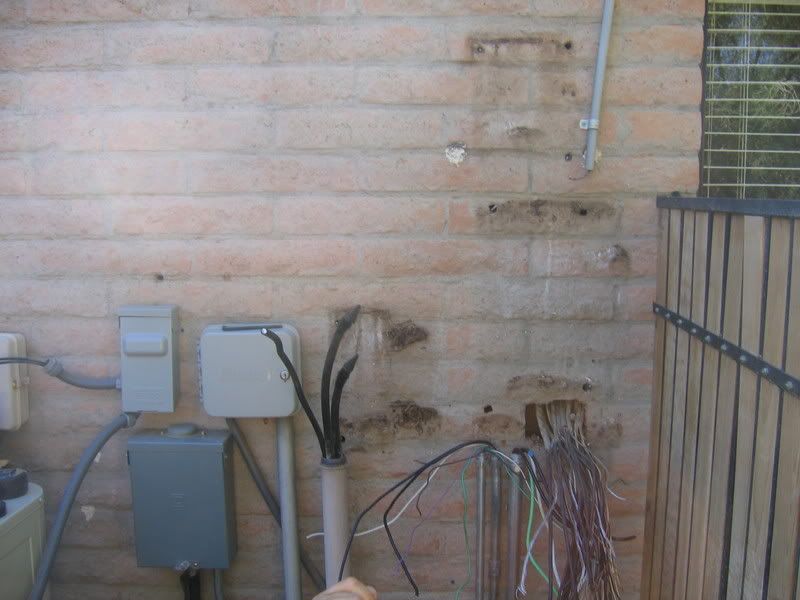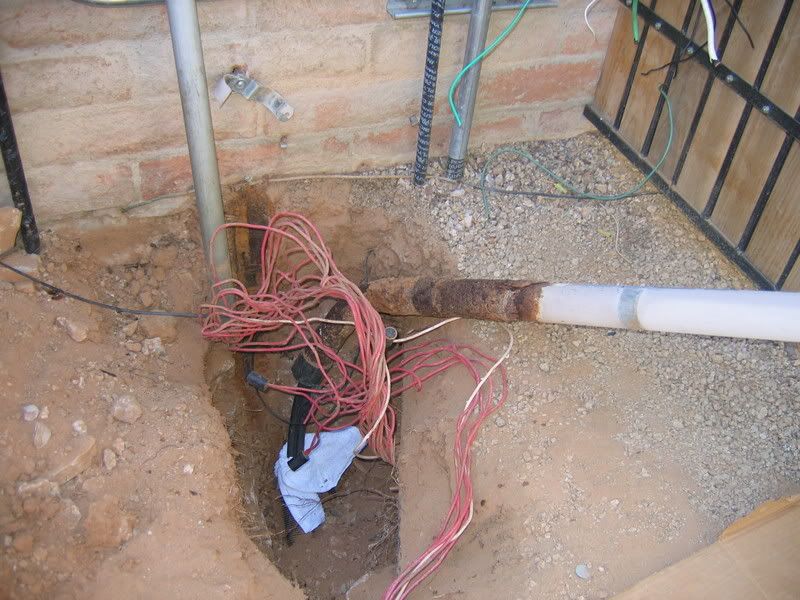nice thread and some nice input.
We are required to install quick disconnects on lights so they can be removed from live circuits safely. we install cord connected equipment daily so they can be disconnected from live circuits.
we deal with energized circuits daily and many times we do take chances and never even stop to think about the hazard, worst part maybe even dint know it.
When I use we that does not mean an inclusive blanket just a general statement. When I use live I am indicating a energized circuit. just to clarify the water cooler typing.
I change out lights almost daily and they are generally 277v. I have encountered many of these plastic disconnects installed before the code was required and they fail due to the heat involved when the ballast goes bad.
when you are replacing lets say a 400 amp breaker that means it has failed and that means the possibility of other problem really do exist. so you may have some variables you missed or even missed calculated.
So even installing and practicing all the safety precautions doing it hot is taking a chance regardless.
yet many properly trained electricians do it hot daily and some even think the gear makes them invincible.
yet is the greed of others worth the cash the job pays only you can answer that.
So all the rules and regulations only come into play when you make a bad choice. then your loved ones suffer as well.
so knowledge is our responsibility so if you dont know the hazards maybe you need more knowledge. we can learn from others so lets be a sponge and absorb.




